What is an RSP teacher? If you’re asking this question, you’re not alone.
Many individuals wonder exactly what an RSP teacher does and want to know whether it is the right career fit for their strengths, interests, and qualifications.
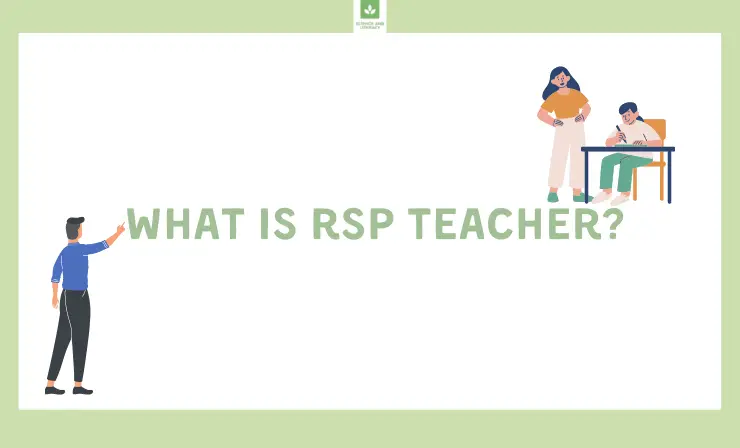
Today, I’d like to help you answer all your questions related to what is RSP teacher. I spend the first seven years of my teaching career as an RSP teacher, and, while it certainly had its challenges, I found the position to be very fulfilling and rewarding.
Continue reading, and I’ll share:
- What an RSP teacher is →
- The duties and responsibilities of RSP teachers →
- How you can become an RSP teacher →
- More information about special education resource rooms →
Who Is An RSP Teacher?
Before we answer what is RSP teacher, let’s talk about what RSP means. RSP stands for Resource Support Program . The goal of this program in a school is to offer differentiated instructions to meet the goals and objectives outlined in the IEP (Individualized Education Plan) of the special education students in the school.
RSP teachers, therefore, are part of the Resource Support Program at the school and work closely with the special education students and their grade-level teachers.
One important goal of a Resource Support Program is to find ways to help students achieve the goals and objectives in their IEPs in the least restrictive environment. This means that RSP teachers aim to find ways to support their students within the general education curriculum to help them learn and master grade-level concepts.
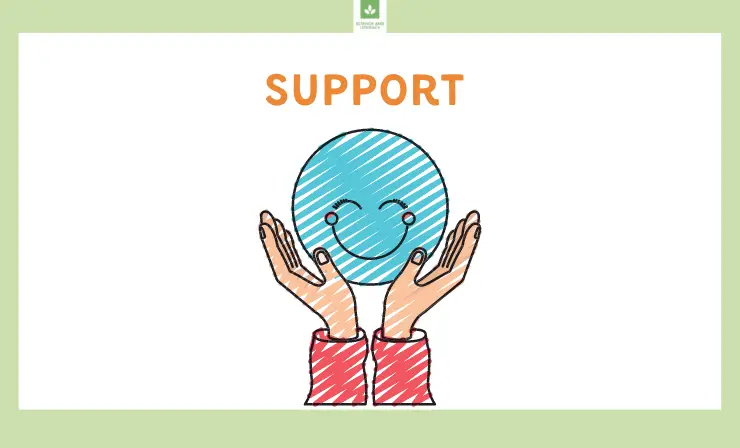
RSP teachers must work closely with the general education teachers to know what students are learning and determine the types of accommodations they’ll need to be successful.
Depending on the size of the school and the number of special education students, there may be several RSP teachers or just a few. Each RSP teacher has a case load and is assigned as the case manager for a particular group of students. They are responsible for ensuring that the accommodations outline in the IEPs of these students are implemented with fidelity.
This video by RSP teacher Brechael can help you learn more about what an RSP teacher does.
Now that you’ve watched the video, do you think that you may be interested in becoming an RSP teacher? If so, continue reading to learn more about the duties and responsibilities of RSP teachers, what you need to do to become an RSP teacher, and some ideas about setting up a special education resource room.
Duties and Responsibilities of RSP Teachers
RSP Teachers have a lot of important duties that they need to fulfill. Let’s take a look at some of these duties below:
- Manage student IEPs.
- Track service hours received by each student.
- Work with general education teachers to determine needed areas of support and offer suggestions for in-classroom accommodations.
- Pull students out of the classroom or plug into the classroom to work one-on-one or with a small group to help them access the general education curriculum.
- Attend IEP meeting.
- Make revisions as needed to students’ IEP based on the feedback of various stakeholders at the IEP meeting.
- Communicate with other service providers, including speech and language pathologists, school counselors, school psychologists, occupational therapists, etc., about the progress your students are making.
- Develop interventions as needed to help students attain their IEP goals and deliver them with fidelity.
- Offer trainings or other forms of support to help general education teachers meet the needs of each student in their class.
- Communicate with parents regarding success, challenges, and next steps.
- Administer assessments and interpret the results.
To help RSP teachers manage all the duties and responsibilities shared above, they should also possess certain skills, knowledge, and other qualifications.
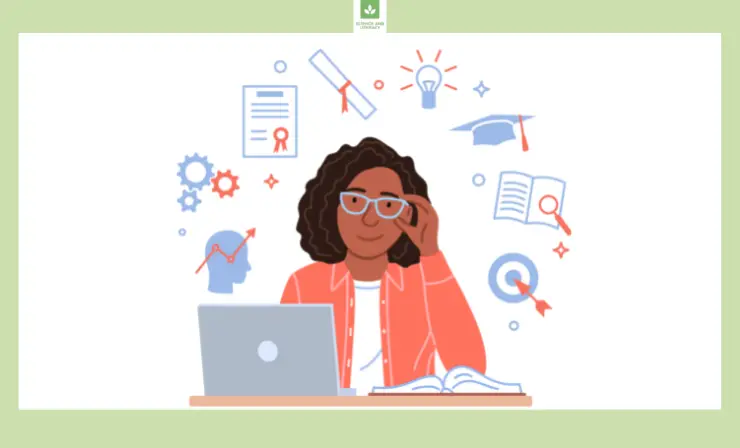
These can include:
Skills
- Understand where and how to access grade-level curriculum and standards.
- Interpret testing results.
- Evaluate and adjust different strategies to find what is the most effective for each student.
- Communicate effectively with students, other teachers, administration, and parents.
- Demonstrate patience.
Knowledge
- The core curriculum for the grade levels you’ll work with.
- The different assessment tools available to determine needs of students.
- How to write goals and objectives for a student’s IEP.
- How to coordinate and plan with the general education teacher.
- Due process procedures and rights for families.
- How to make modifications to grade level work to meet the needs of students.
Qualifications
- Technological skills to access online curriculum, planning templates, and online paperwork.
- Good problem-solving skills.
- Critical thinking skills.
- Flexibility to adapt to schedule changes.
- Cooperative and willing to work as part of a team player.
- Time management skills.
- Organized and prepared.
As mentioned above, RSP teachers need to be organized. Staying on top of the paperwork for multiple special education students and getting everything prepared and ready for different assignments across multiple grade levels can be a real challenge, and it will only be more difficult if you’re not organized.
This video, made by an RSP teacher, offers tips to help special education teachers stay organized.
I found the tips shared to be very helpful. What did you think? What was your favorite tip that you’re going to remember and implement in the future?
How to Become an RSP Teacher
The requirements to become an RSP teacher can vary slightly from one district to the next. However, here are a few prerequisites you’ll likely need:
- Bachelor’s degree with education coursework
- Special Education Credential and Resource Specialist Certificate
- Master’s Degree in Special Education (in some states)
- Teaching experience
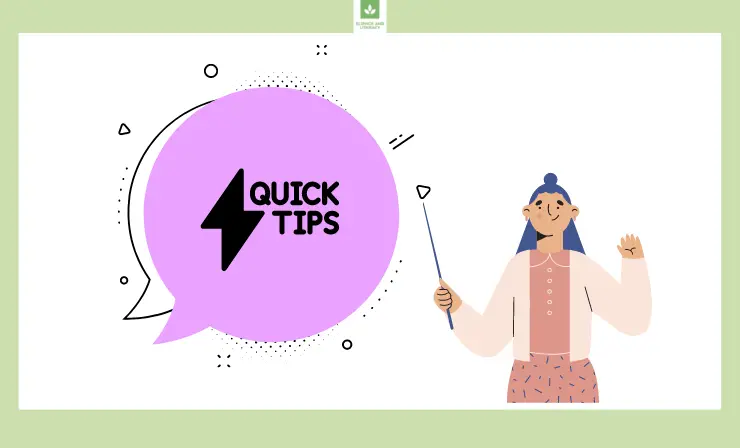
As we mentioned above, this list can differ depending on where you’re looking to work. Reach out to your state licensing board or the school district where you’d like to work as an RSP teacher to learn about any special requirements they have.
As you’re completing your degree or certifications, you may also find it beneficial to gain experience working with special education students. Reach out to a local school to see if you could volunteer with the RSP teacher.
This will provide you with invaluable insight into the day-to-day demands of the job and may also give you some tips for behavior management, organization, providing accommodations to students, and more.
You could even record a few sessions of the teacher you’re helping as he or she works with a small group, if it is allowed. Watching over these sessions and taking notes about how the teacher delivers accommodations, keeps students engaged, and models strategies could be useful when you’re ready to begin your career as an RSP.
Special Education Resource Rooms
The Individuals with Disabilities Act (IDEA) states that students with disabilities should be instructed in “the least restrictive environment” possible. This means that, whenever possible, special education students should be learning in a classroom setting alongside their general education peers.
My ECE (special education) resource room is ready for my primary students on Wednesday! Special Education moves our struggling Ss forward! @BreckFrankES #WeAreJCPS pic.twitter.com/nM82iTNgM9
— Jodi Meier, NBCT (@HoosierGirl5) August 13, 2018
However, there are times when a general education classroom isn’t the best environment for students. Whether they need additional one-on-one or small-group instruction on a topic, a quiet place to take a test without distractions, or a room to take a break from an overwhelming classroom, special education resource rooms play an important role.
Watch this video to learn a little more general information about what a resource room is before we take a more in-depth look at what these rooms are used for.
RSP teachers may take individual children or groups of children to the special education resource room. Often referred to as a pull-out model, these children will work with the RSP teacher to practice skills or work on the goals of their IEP.
However, students do not spend all day in the resource room. The majority of their day is spent in the general education classroom. Additionally, some genera education students may also go to work in the special education resource room to receive additional support on a concept.
Each special education resource room may feature a different set-up, but there will be some common components. Most classrooms will offer a variety of different manipulatives that students can use to help them work through different problems. There may also be lots of visual aids on the walls to help students recall different strategies or concepts that they have learned.
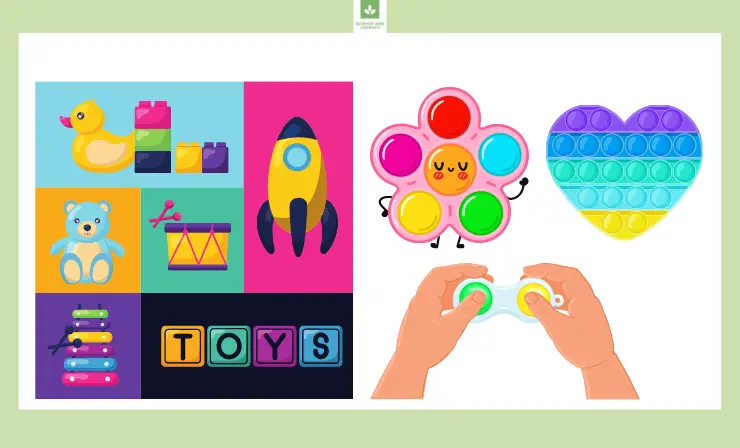
Special education resource rooms might also have some sensory toys or activities for students who need to give their brain a break from all of the hard work involved in learning.
Some special education resource rooms are about the same size as a classroom, while others are much smaller. It will depend on the school and the available space.
Likewise, some resource rooms may include interactive whiteboards or document cameras, as you’d find in the general education classrooms, while others may not include these types of technology.
This video walks you through how one RSP teacher has her special education resource room set up. It should help clarify exactly what is found in a resource room and how beneficial these rooms can be for students.
The benefits of a special education resource room should be pretty clear. Students can work in a small-group setting or one-on-one with the RSP to help them learn important skills. Being outside of the classroom at times and in a quieter environment is also important for helping some students remain focused on their work.
Useful Resources:
- 10 Playful Activities for Children with Disabilities
- 17 Tips for Working with Special Needs Children
- Educational Resources for Special Needs
Final Thoughts
RSP teachers hold a very important job. They are responsible for providing the support and accommodations that special education students need to be successful in school. Now that you know a little more about what is RSP teacher, do you think that this is the right career for you? If so, what are your plans to make your dream a reality?
- Overview of 22 Low-Code Agencies for MVP, Web, or Mobile App Development - October 23, 2024
- Tips to Inspire Your Young Child to Pursue a Career in Nursing - July 24, 2024
- How Parents Can Advocate for Their Children’s Journey into Forensic Nursing - July 24, 2024

How many students can one rsp education teacher teach?
It totally depends on the diversity and severity of students. However 8 to 10 students are manageable together